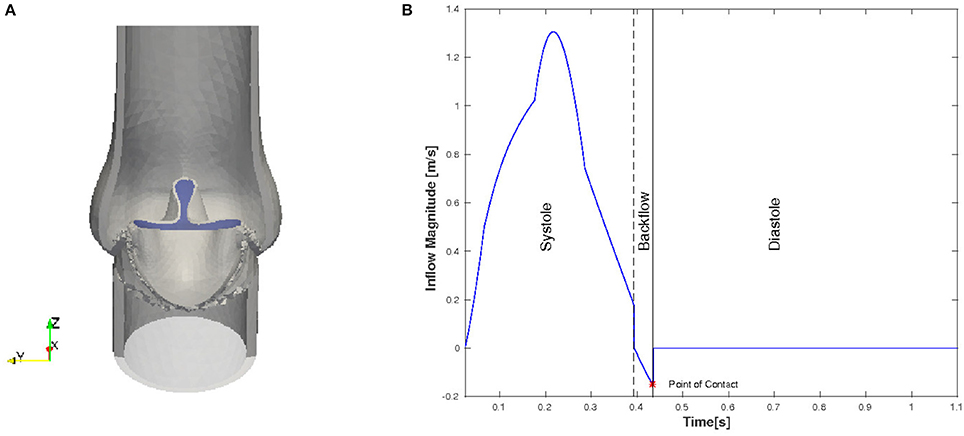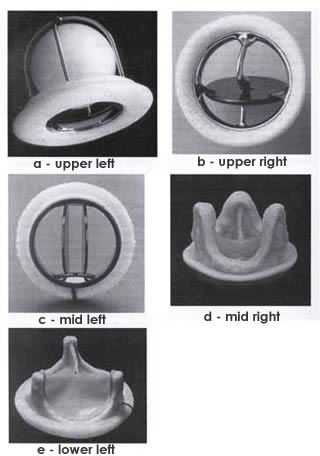


Fluid–structure interaction and multi-body contact: application to aortic valves. It is hoped that the developed FSI models can serve as an effective tool to better assess valve dynamics and optimize next generation TAV designs.Īstorino, M., J.-F. However, a lower tissue stiffness in the radial direction of the leaflets could reduce the leaflet peak stress caused by the water hammer effect. The simulation results also indicated that tissue anisotropy had a minor impact on hemodynamics of the valve. However, the peak stresses were different due to the water hammer effect induced by the fluid inertia in the FSI model during the closing phase, which led to 13–28% lower peak stresses in the FE-only model compared to that of the FSI model. The stress and the strain distributions were similar between the FE and FSI simulations. From the results, substantial differences in leaflet kinematics between FE-only and FSI models were observed, and the FSI model could capture the realistic leaflet dynamic deformation due to its more accurate spatial and temporal loading conditions imposed on the leaflets.

an anisotropic leaflet material model in TAV simulations. Comparative simulations were performed to investigate the impact of using FE-only models vs. A previously developed nonlinear finite element (FE) model of transcatheter aortic valves (TAV) was utilized to couple with SPH to simulate valve leaflet dynamics throughout the entire cardiac cycle. In this study, we developed a novel fully-coupled fluid–structure interaction (FSI) model using smoothed particle hydrodynamics (SPH). Computational modeling of heart valve dynamics incorporating both fluid dynamics and valve structural responses has been challenging.


 0 kommentar(er)
0 kommentar(er)
